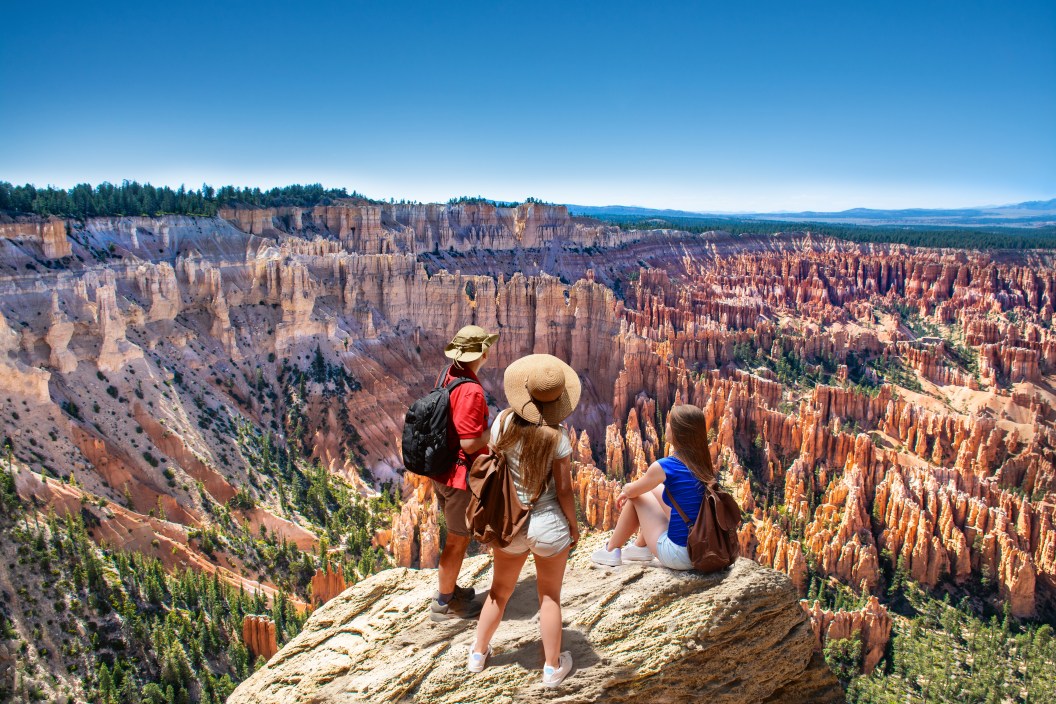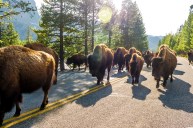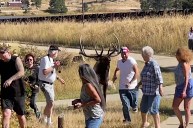In the last two years, I've visited 18 of our country's 63 official national parks on my journey to hit them all eventually. Along the way, I've learned a thing or two about what to do—and what not to do—to be a good citizen of nature.
Specifically, I'm talking about Leave No Trace, the principles that all who value our great outdoors should abide by. Don't get me wrong: Most people I see are on their best behavior. But there are some common mistakes I've noticed visitors making during their park escapades. And since we're all about educating rather than shaming, I want to shed some light on how we can all do better when it comes to embracing Leave No Trace principles.
What Are the 7 Leave No Trace Principles?
Before we get into the nitty-gritty, let's quickly go over the Leave No Trace (LNT) principles, which serve as guidelines for responsible outdoor ethics:
- Plan ahead and prepare.
- Travel and camp on durable surfaces.
- Dispose of waste properly.
- Leave what you find.
- Minimize campfire impacts.
- Respect wildlife.
- Be considerate of other visitors.
Mistake No. 1: Getting Too Close to Big Animals
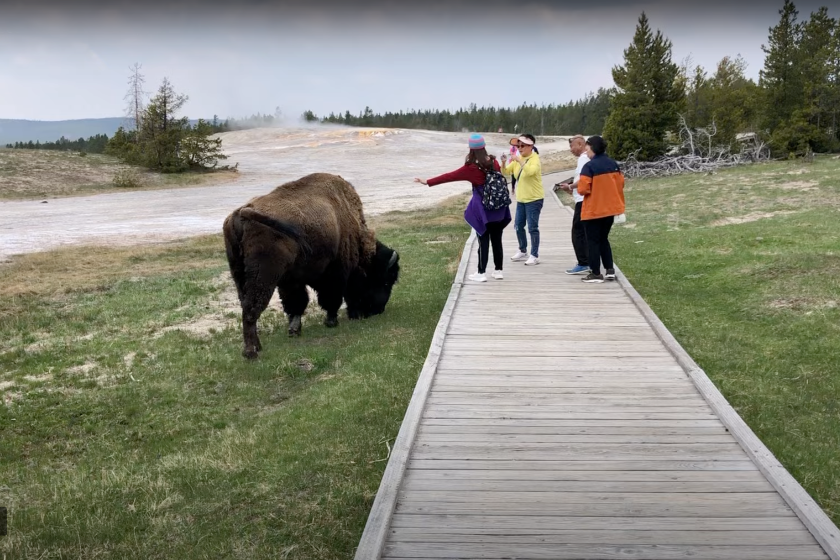
Instagram, touronsofyellowstone
One of the most common mistakes I see visitors make is getting too close to wild animals, a pretty direct violation of that "respect wildlife" LNT principle.
There have been quite a few incidents involving the bison at Yellowstone National Park. And on the one hand, I get it—these are animals you never see in person, and that's really rad. But while it's incredibly tempting to snap a selfie with a majestic creature—I know this, I'm an influencer—it's crucial to remember that these animals are wild and, by definition, can be unpredictable.
READ MORE: The Number One Thing to Know Before You Visit Yellowstone
Respect their space, observe from a safe distance, and never feed them. Let's not forget that a fed animal can become dependent and potentially aggressive if its hunger needs are not met.
Mistake No. 2: Getting Too Close to Small Animals
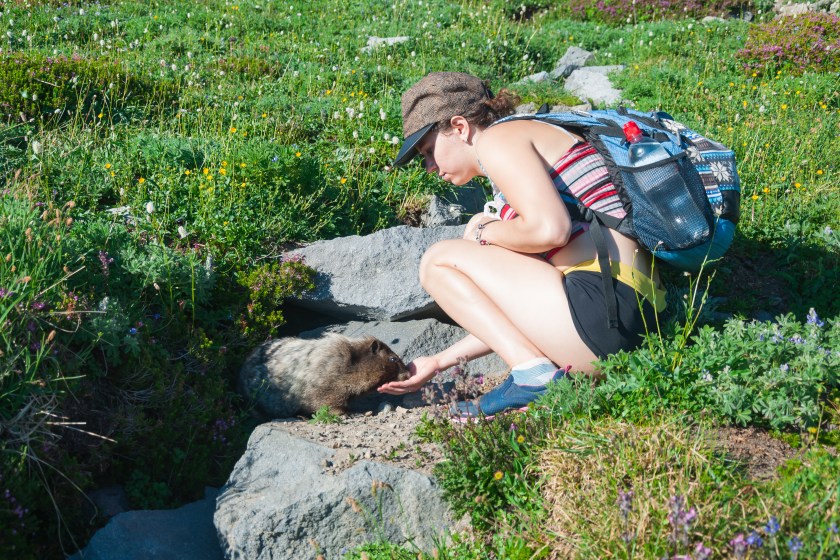
Getty Images, evilord_22
While tourists interfering with big animals get a lot of news attention, it's also essential to leave all wild critters alone. During one of my hikes at Great Basin National Park, I witnessed a chipmunk munching on a cheese curl. While undeniably cute, this encounter was a clear sign that some visitors had irresponsibly fed the wildlife.
Feeding small critters not only disrupts their natural diet but also fosters dependency, altering their natural behaviors and possibly endangering their well-being.
Another memorable incident occurred at Rocky Mountain National Park, where a chipmunk mistook my camera bag as a source for a potential treat and decided to investigate it closely. It was evident that previous visitors had fed these chipmunks, prompting them to be unusually friendly and invade personal space.
This appears to be a trend, because it happened again when I visited Crater Lake National Park. Chipmunks everywhere were just begging for our food. Let's resist the urge to feed wildlife, as it disrupts their natural instincts and can lead to detrimental consequences for both animals and humans.
Mistake No. 3: Graffiti and Littering
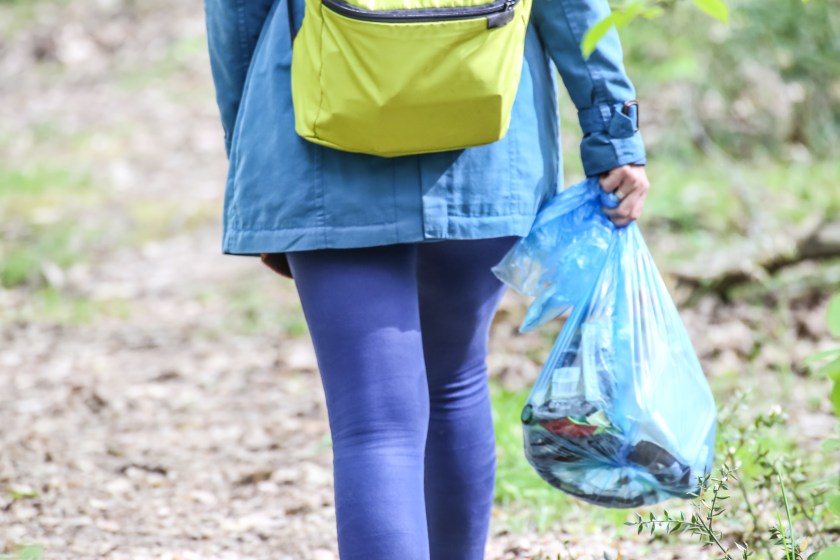
oonal/Getty Images
Another heartbreaking sight I've encountered is graffiti and litter in our parks. Spray paint and trash not only mar the natural beauty but also harm delicate ecosystems. I've seen graffiti on the rocks in Yosemite National Park and on the rocks in Joshua Tree National Park. While at the Grand Canyon, I found someone had drawn some, let's just say, male genitalia with a black marker on a bench. *facepalm straight to the forehead*
Please respect the surroundings and leave them as you found them: pristine and untouched—in other words, the very definition of "Leave No Trace." Remember, a small act of carelessness can have significant consequences for the environment and future visitors. Dispose of your trash in the proper receptacles in the park. Don't litter—not even banana peels or apple cores. (I know they're biodegradable, but please don't do it.)
Mistake No. 4: Wandering Off the Trail
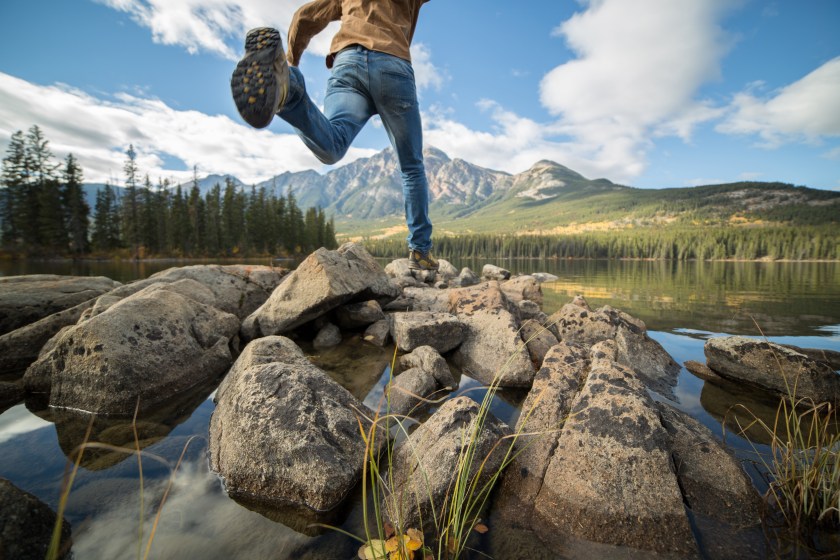
Getty Images, swissmediavision
As explorers at heart, we're often tempted to wander off the beaten path. I've been there, I've wanted to, but I don't. There's a reason "travel on durable surfaces" is among the LNT principles: Veering off designated trails can lead to severe ecological damage, trampling fragile plants and disturbing wildlife habitats. Hike on the trail, enjoy the views, and help everyone preserve these natural wonders for generations to come.
What You Should Do If You See an LNT Violation
While we all love our national parks, it's essential to acknowledge the mistakes we observe and strive to do better. Educating ourselves and others on Leave No Trace principles is the key to ensuring the long-term preservation of these natural wonders. Rather than resorting to shaming, let's approach these issues with a spirit of compassion, recognizing that change happens through understanding and encouragement. We were all new to visiting these parks once, right?
Essentially, as we continue on our journeys to the great outdoors, let's embrace the beauty of our national parks responsibly. Together, we can protect these treasures, leaving behind only footprints and taking home memories that will last a lifetime. Remember, educating one another is the path to a brighter, cleaner, and more sustainable future for our beloved parks.
READ MORE: The Top Dangers in National Parks, According to New Data
